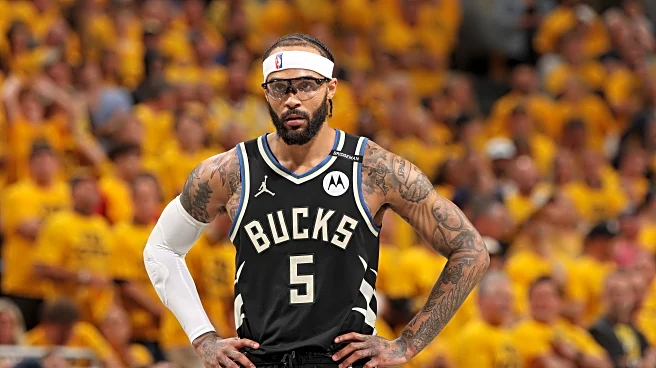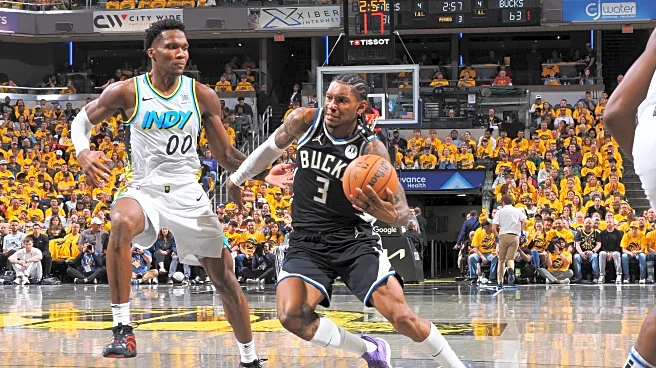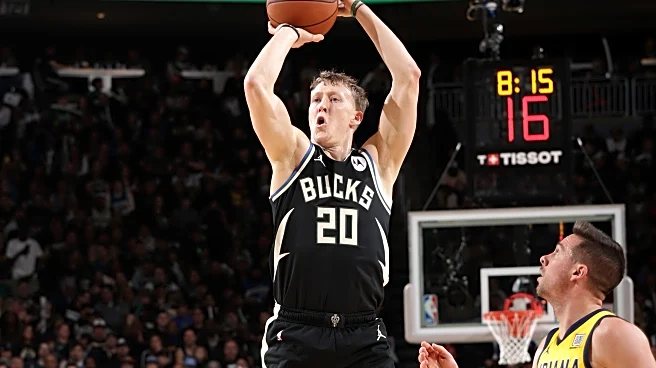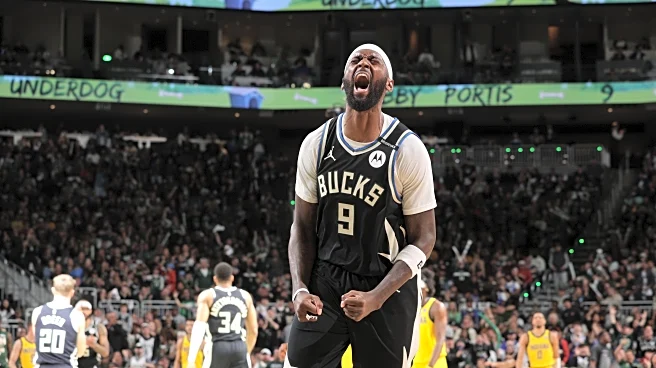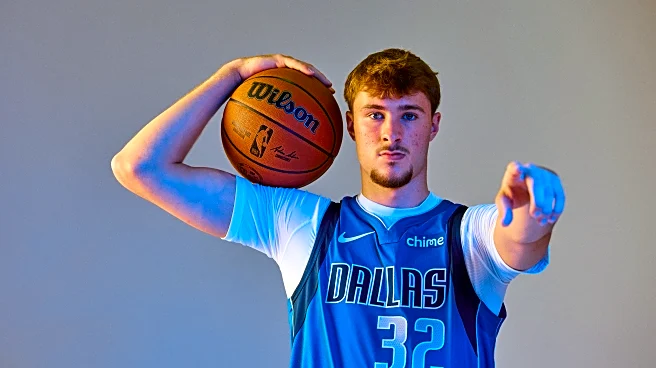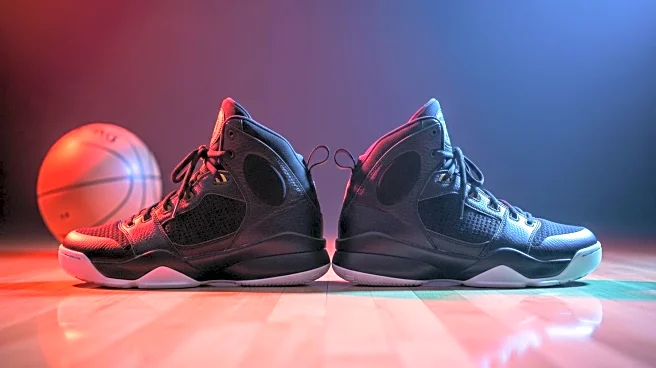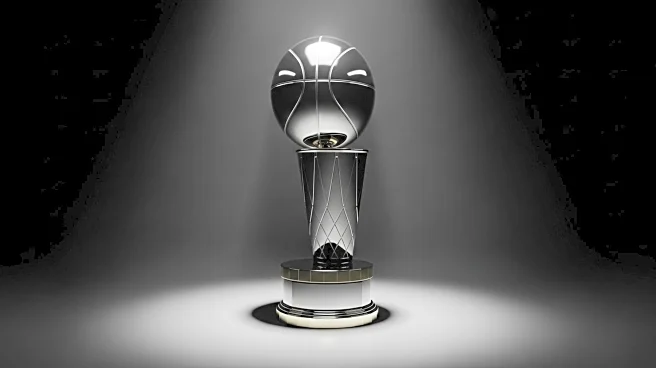Gary Trent Jr. was never supposed to be this important.
A surprise signing in July 2024, Trent was meant to be the final piece, the fifth option, the three-and-D guard to complement Giannis, Damian Lillard, Khris Middleton, and Brook Lopez. He was meant to join the carousel of ~6’4” shooting guards that had come and gone before him—Donte DiVincenzo, Grayson Allen, and Malik Beasley—and fulfill the modus operandi: space the floor, hit the open three, protect the rock, and play respectable defence.
Yet, as this offseason has once again proven, what was is not always what is.
Despite high hopes and a buzz after opening night—where he hounded Tyrese Maxey to 10/31 shooting—Trent had a shaky start with the Bucks. Over the season’s first seven games, he averaged a meager 8.0 PPG and his shooting was brutal: 28.8% from the field and 23.1% from three. Pressure mounting with a 1-7 record, Doc Rivers promptly pulled Trent from his starting role and, in a flash, the Bucks found themselves winners of 9/10.
Just as quickly, Trent found his rhythm too, shooting a blistering 52.1% from three over that same stretch. This continued for the rest of the season, with Trent converting an elite 42.2% from long range, though he was never able to regain that starting spot despite the team’s obvious need for, you know, an actual guard to start at the two (what’s up, Doc? indeed).
Overall, Trent’s shooting was a tale of two sides: elite from deep but rough at the rim. Per Cleaning the Glass, he ranked in the 85th percentile among wings on three-point accuracy (88th percentile from the corners, 79th percentile from non-corner locations) but in just the 15th percentile for accuracy on shots at the rim. This disparity speaks to Trent’s lack of explosion, a limitation exacerbated by his pedestrian handle. Unsurprisingly, this combination inhibits his creation for others too—among wings, his 6.5% assist percentage ranked in just the 7th percentile.
Perhaps most stark, however, is the difference in Trent’s shooting performances in wins vs. losses—he shot ten percentage points worse from the field in losses (47.1% vs. 37.2%), including a whopping 13 percentage point drop from three (46.7% vs. 33.7%). So, does Trent’s success lead to the Bucks’ success, or vice versa?
In the playoffs, Trent went supernova: 18.8 PPG on 51.6% from the field and 50.0% from three (on 8.8 attempts per game). He also led the playoffs in steals per game (2.6) while only turning the ball over three times for the entire series—it just happened to be that two of those came in the final 29 seconds of overtime in Game 5. Welp. Tragic irony aside, Trent’s playoff performance grabbed the mic and screamed: I am not afraid of the moment!
And, now, here we are. For the first time in a decade, the Bucks’ hierarchy isn’t set in stone. Giannis will lead, of course—and the defence should be strong—but who will step up on the offensive end of the court? Largely, the team will need to play it by committee, and the roster certainly has the personnel to do so. Myles Turner, Kevin Porter Jr., Bobby Portis, Kyle Kuzma, Cole Anthony, AJ Green, and even Ryan Rollins can go off on any given night. But, with cojones Sam Cassell would be proud of, don’t be surprised if it’s Trent more often than not.
Should this happen, come next offseason, Trent might just have found what he told Sportskeeda he wanted when he first signed with Milwaukee: “a home base and [to] be part of something long-term.”
What was is not always what is—or what will be…
Gary Trent Jr. was never supposed to be this important. But he is.
For better or worse.
What are your thoughts on Trent’s place in the Bucks’ “big three” and is anyone crazy enough to think Myles Turner is more important to the team’s success than Giannis?
